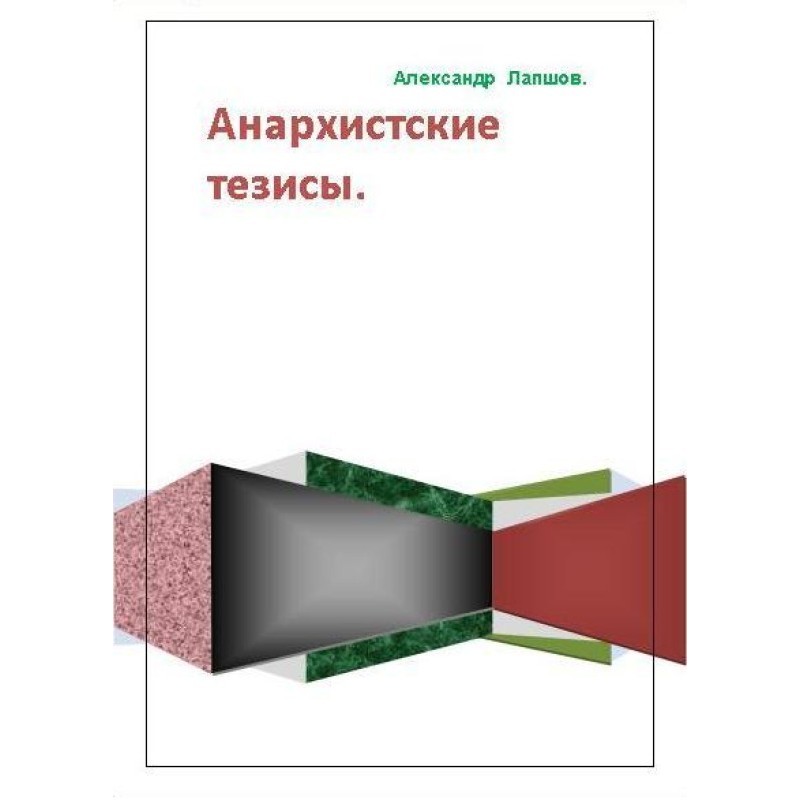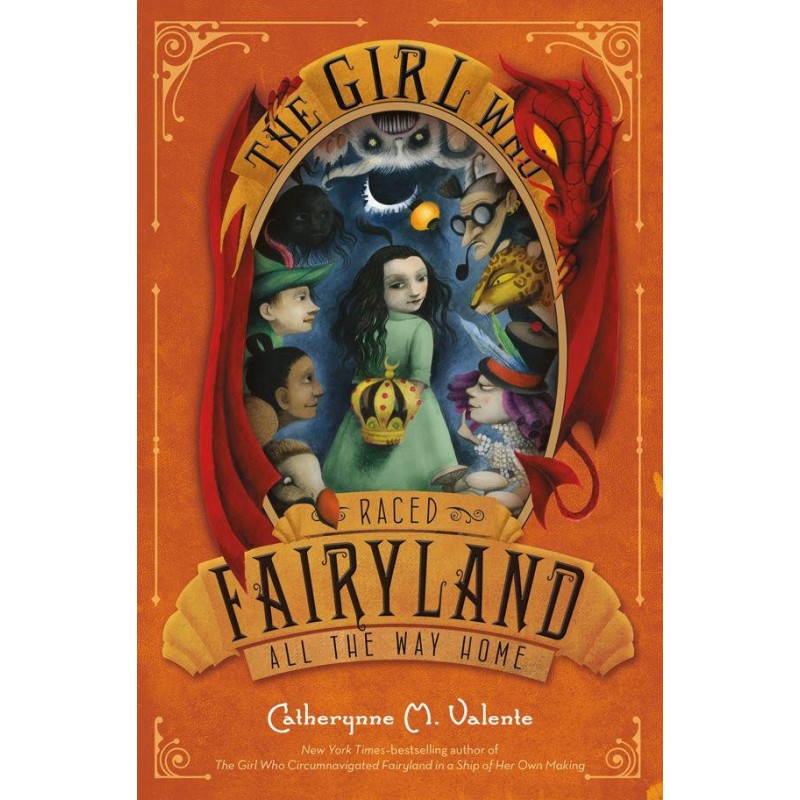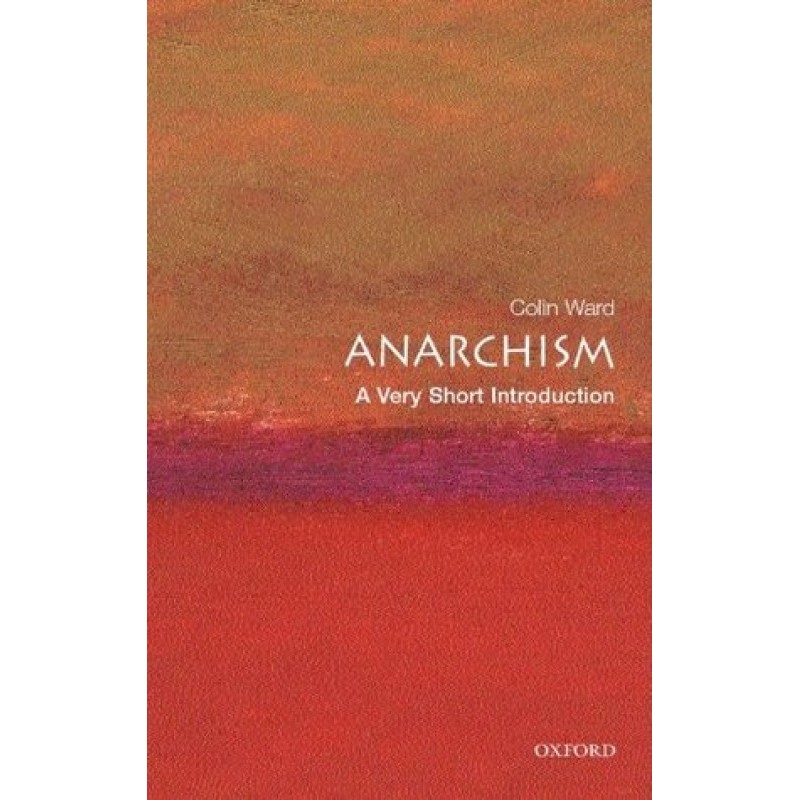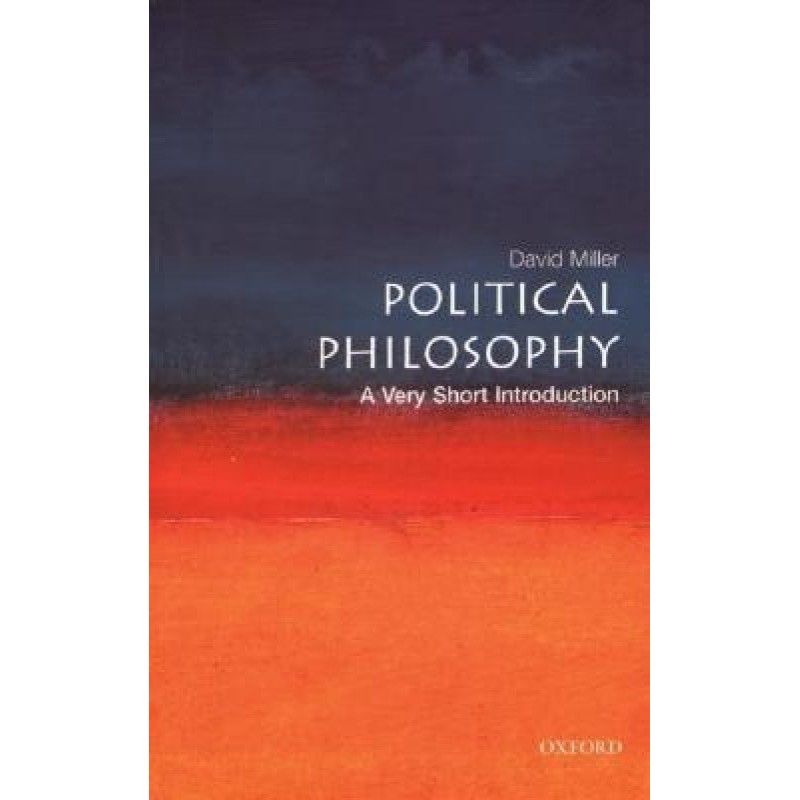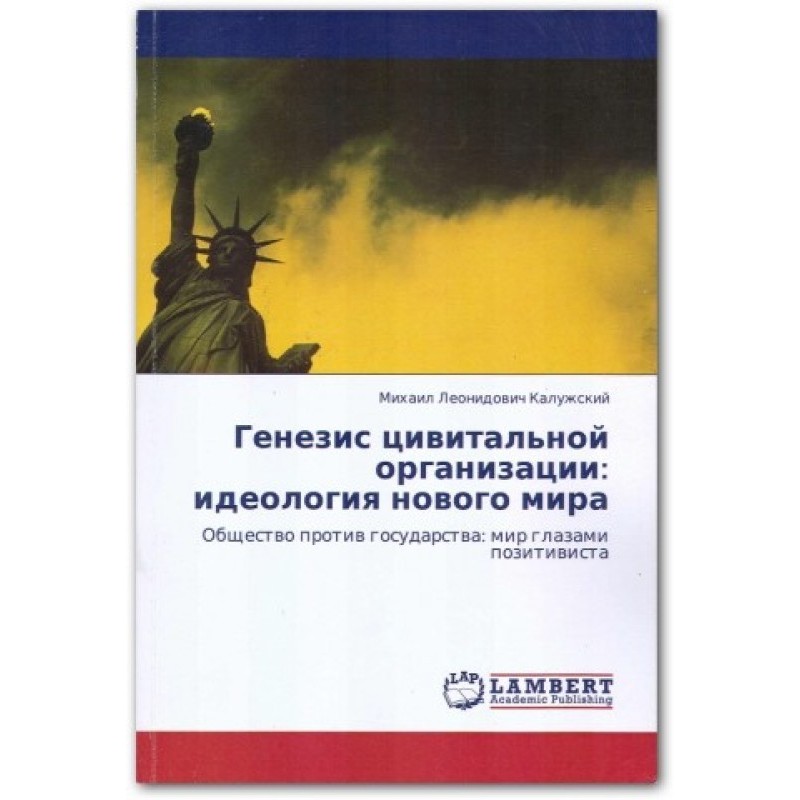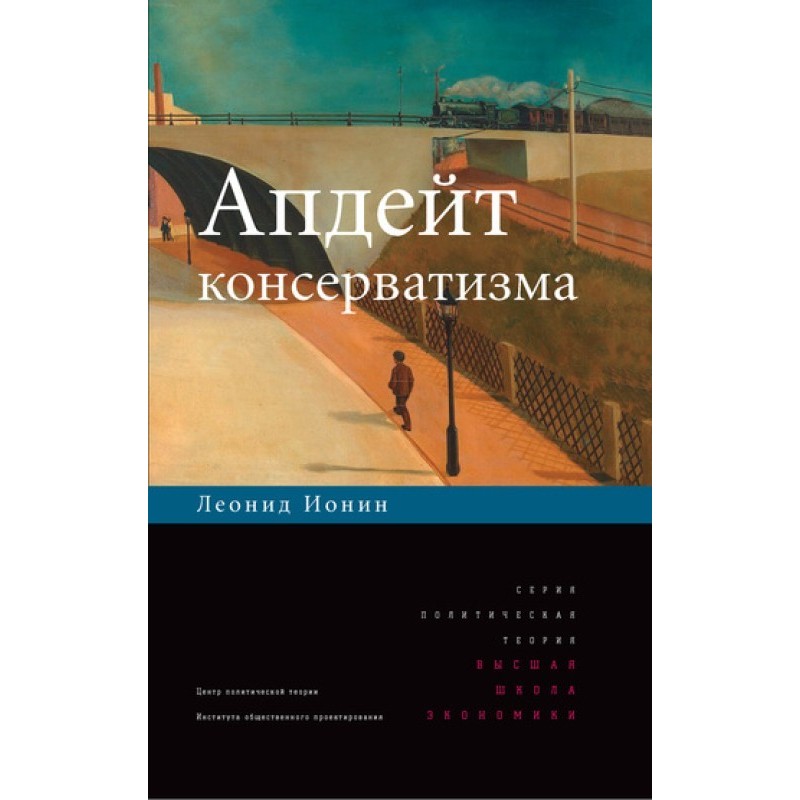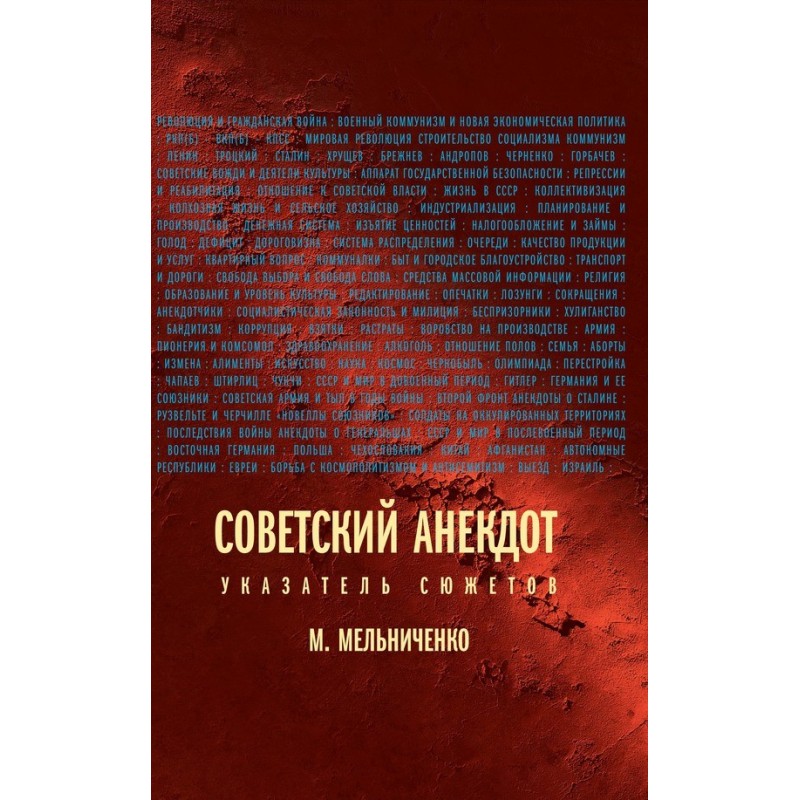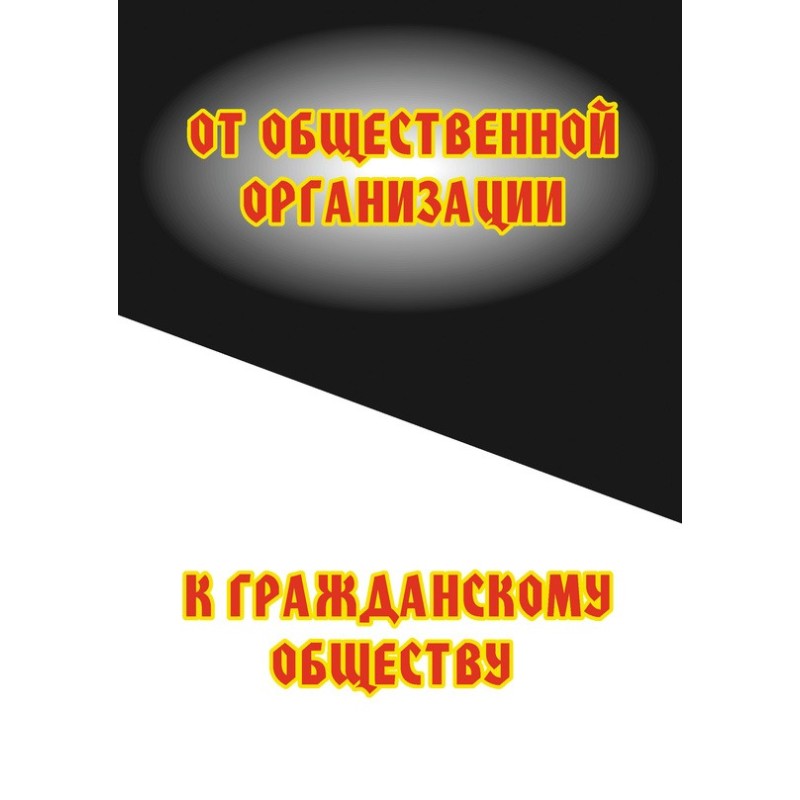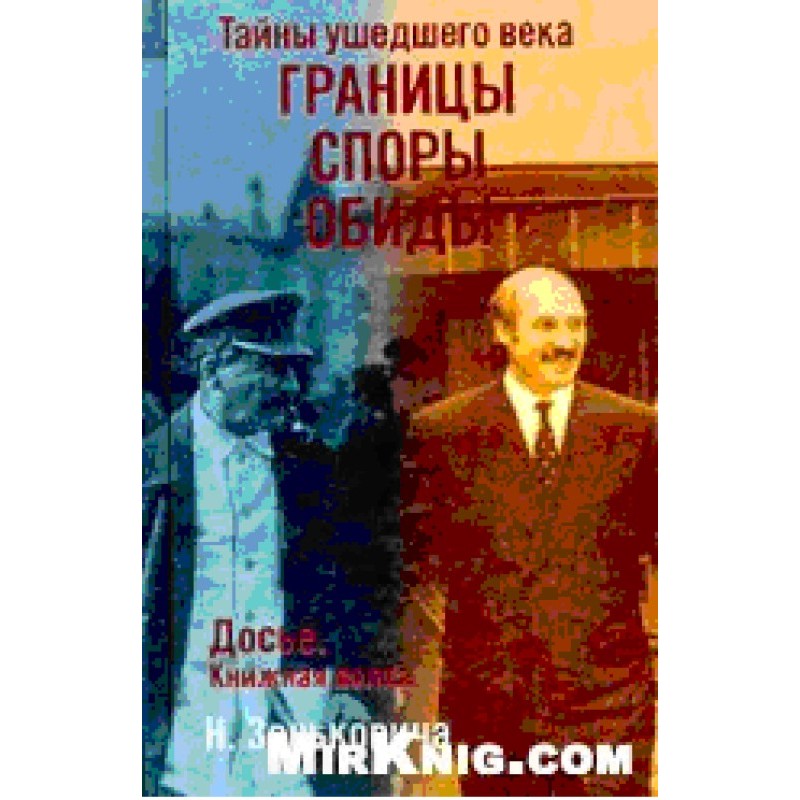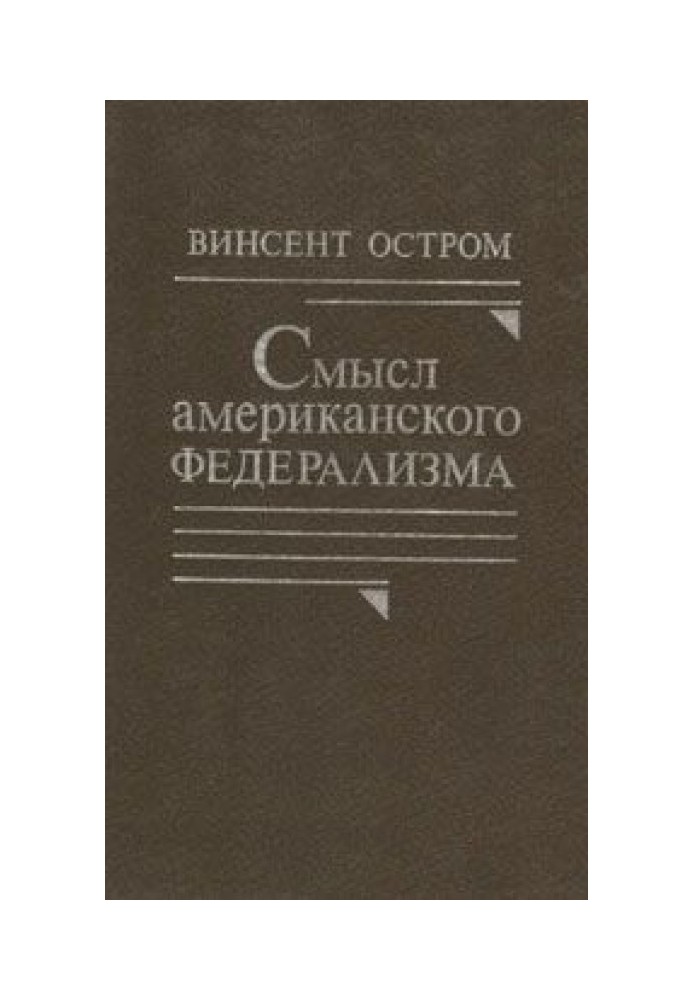The meaning of American federalism. What is a self-governing society
 Instant download
Instant download
after payment (24/7)
 Wide range of formats
Wide range of formats
(for all gadgets)
 Full book
Full book
(including for Apple and Android)
How to create a truly democratic self-governing society, where it is not the “government” that rules, but the citizens themselves - this is the main question that is addressed in the book of one of the largest modern American scientists, the author of works in the field of political science and public administration, Professor Vincent Ostrom. V. Ostrom bases his view on this problem on a deep historical and theoretical analysis of American and European experience. Ostrom's ideas are extremely relevant for Russia, which is embarking on the difficult path of democratic development.
Contents: VINCENT Ostrom AND HIS PHILOSOPHY OF A FREE SOCIETY. A. Obolonsky 11 INTRODUCTIONChapter one. THE MEANING OF AMERICAN FEDERALISM 20Terminological and substantive aspects in political science research 21Tocqueville’s analysis of the American experience 27Some current reflections 31Scope of this study 36UNDERSTANDING THE CONCEPT OF AMERICAN FEDERALISMChapter two. HOBBES'S "LEVIATHAN" AND THE LOGIC OF AMERICAN FEDERALISM 44Hobbes's "Leviathan" 46Democracy, constitutional government and federalism 58Some conclusions 68Chapter three. THE TREATY BASIS OF AMERICAN FEDERALISM: RELIGIOUS ROOTS 71 Similarities between Religion and Political Belief 72 Key Idea 74 Background 77 Divine Right as a Method of Normative Inquiry 80 The Struggle for Understanding 85 Conclusions 86 Chapter Four. THE MEANING OF FEDERALISM IN THE FEDERALIST. . 88Diamond's Argumentation 91Argumentation of Federalist Essay No. 9: A Guarantee Against Party Infighting and Rebellion 93Argumentation of Federalist Essay No. 39: View from the Opposition Point of View 103Argumentation essays No. 15 and No. 16 of “The Federalist”: clarification of the concept 107 Conclusions 111 Chapter five. THE GARCIA CASE, THE DECLINE OF FEDERALISM AND THE "TRAP OF CENTRAL GOVERNMENT" 120 The Blackmun Doctrine and Madison's Assumptions in Federalist Essay No. 39 125 Electoral Mechanisms, Types of Representation, and Collective Decisions 127 The Structure of Government and the Rule of Law 130 "The Trap of Central Government" 136 The Limits of the "Federal Form" 150 ABOUT FORMATION SOME NEW MODELS OF ORDERChapter six. ORGANIZATION OF MANAGEMENT IN THE REGIONS OF 161 LARGE CITIES: THEORETICAL ANALYSIS (co-authored with Charles Tiebout and Robert Warren) The nature of public goods and services 163 Problems of the scale of social organization 171 Social organization of the “Gargantua” type 176 Social organization in a polycentric political system 178Chapter seven. PUBLIC GOODS AND PUBLIC CHOICE: THE EMERGENCE OF A PUBLIC ECONOMY AND INDUSTRIAL STRUCTURES (co-authored with Elinor Ostrom) 189 The nature of public goods 191 The organization of a public economy 200 On some problems of consumption and production in public service industries 213 Opportunities for public service industries 220 Alternatives and choice 225 Chapter eight ah. RES PUBLICA: ON THE EMERGENCE OF POLITICAL AND CIVIC CONSCIOUSNESS AND ON THE CULTURE OF RESEARCH 228The essence of the republic (Res Publica) 229Creation of an open public sphere (Res Publica) 237The open public sphere and the acquisition of experience 241On the emergence of political and civic consciousness and the culture of research 248Chapter nine . POLYCENTRISM IS THE STRUCTURAL BASIS OF SELF-GOVERNING SYSTEMS 253 Concept polycentrism 255Formation of models of order in polycentric structures... 259Conclusions 275CONCLUSIONChapter ten. THE YEAR 1989 AND BEYOND 280Some essential characteristics of American federalism 282The problem of mastering intellectual experience 293Is there a future for federalism 299NOTES 303BIBLIOGRAPHY 308
Data sheet
- Name of the Author
- Остром Винсент
- Language
- Russian


